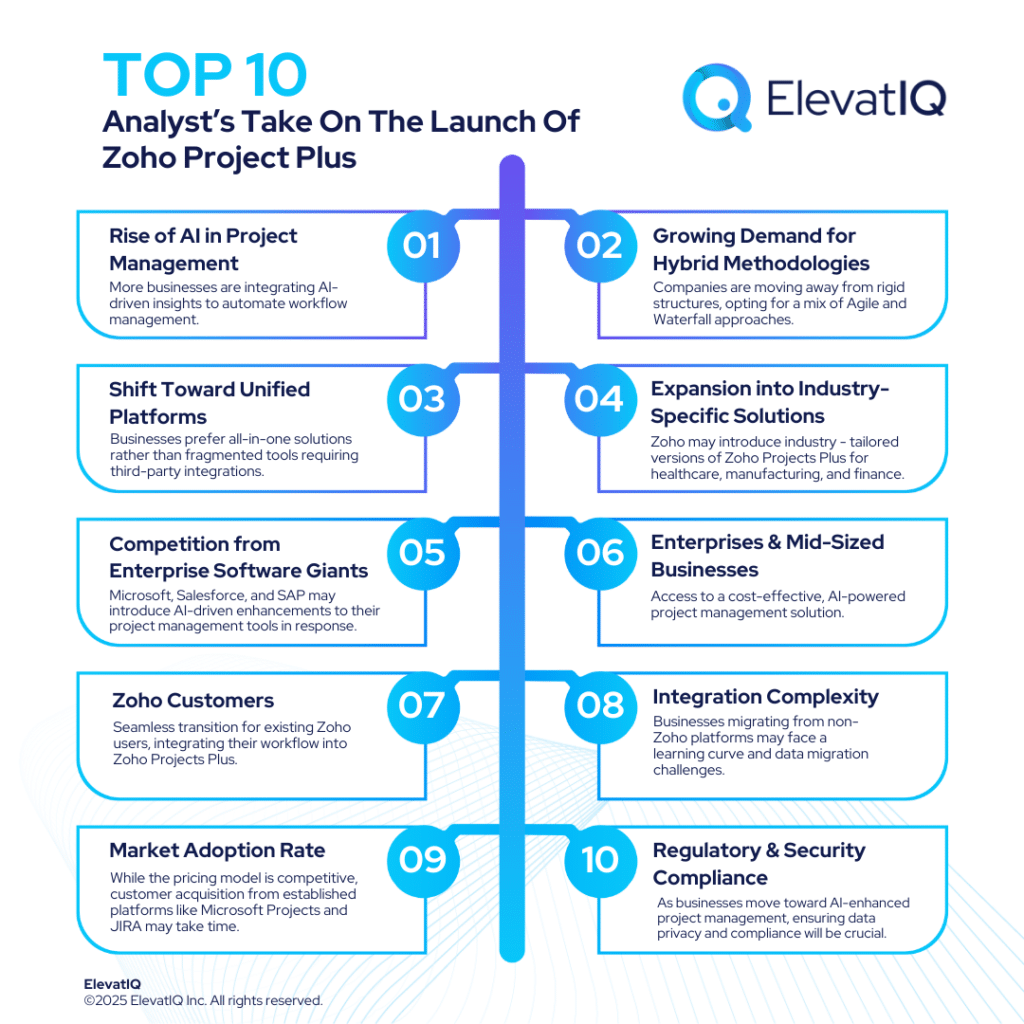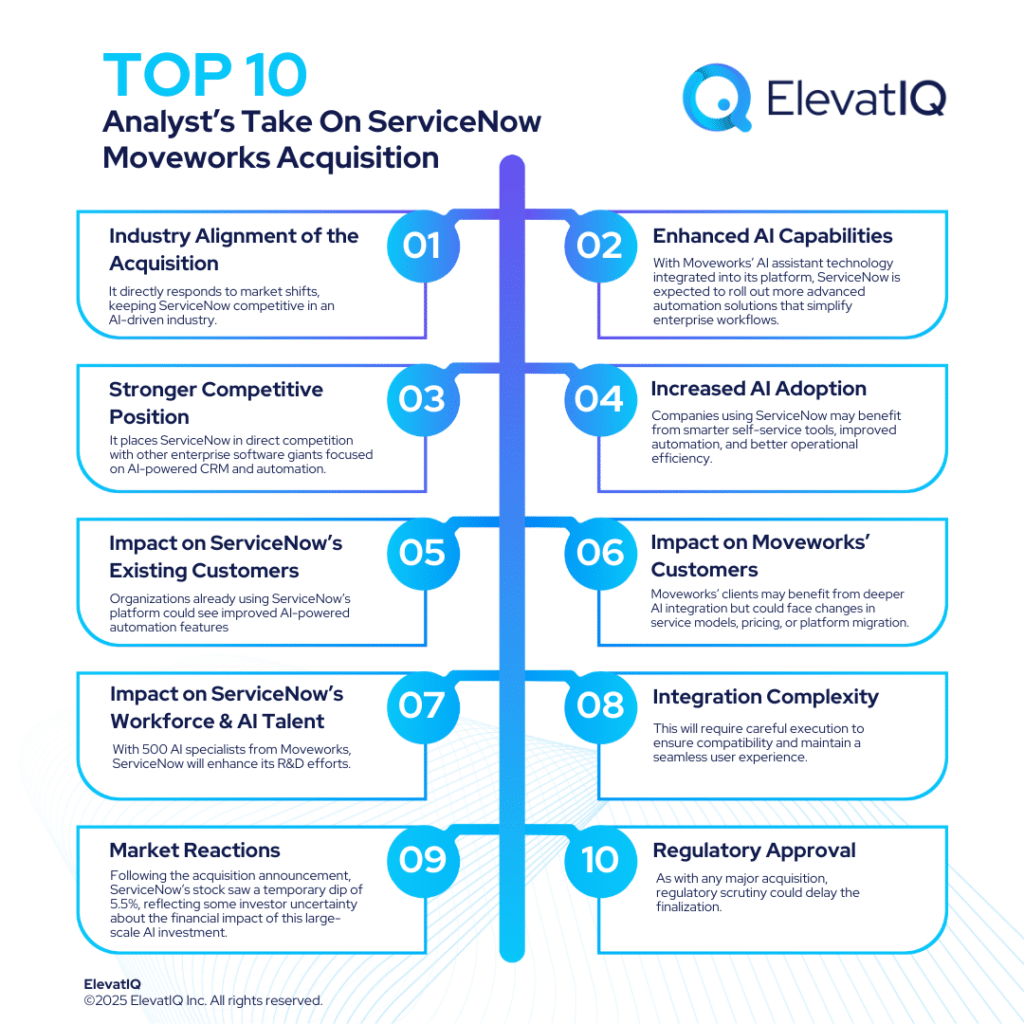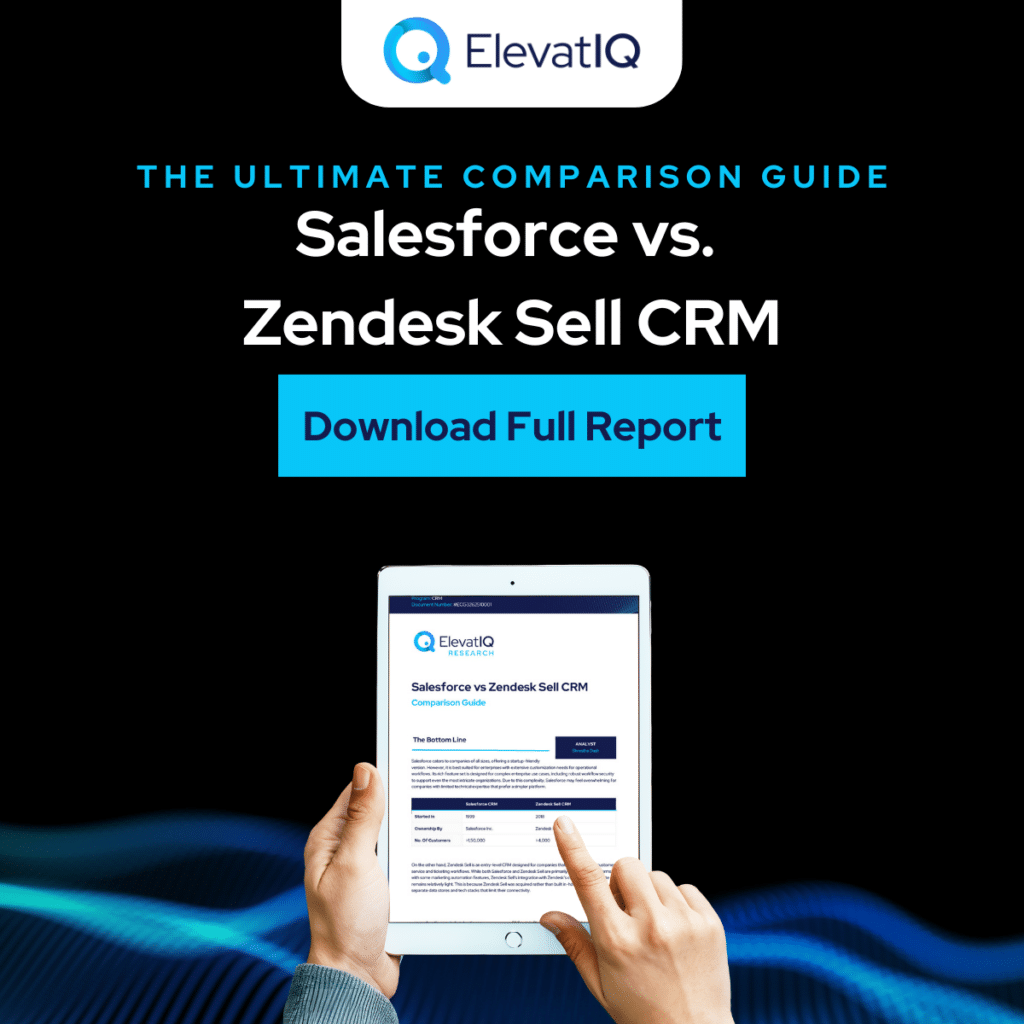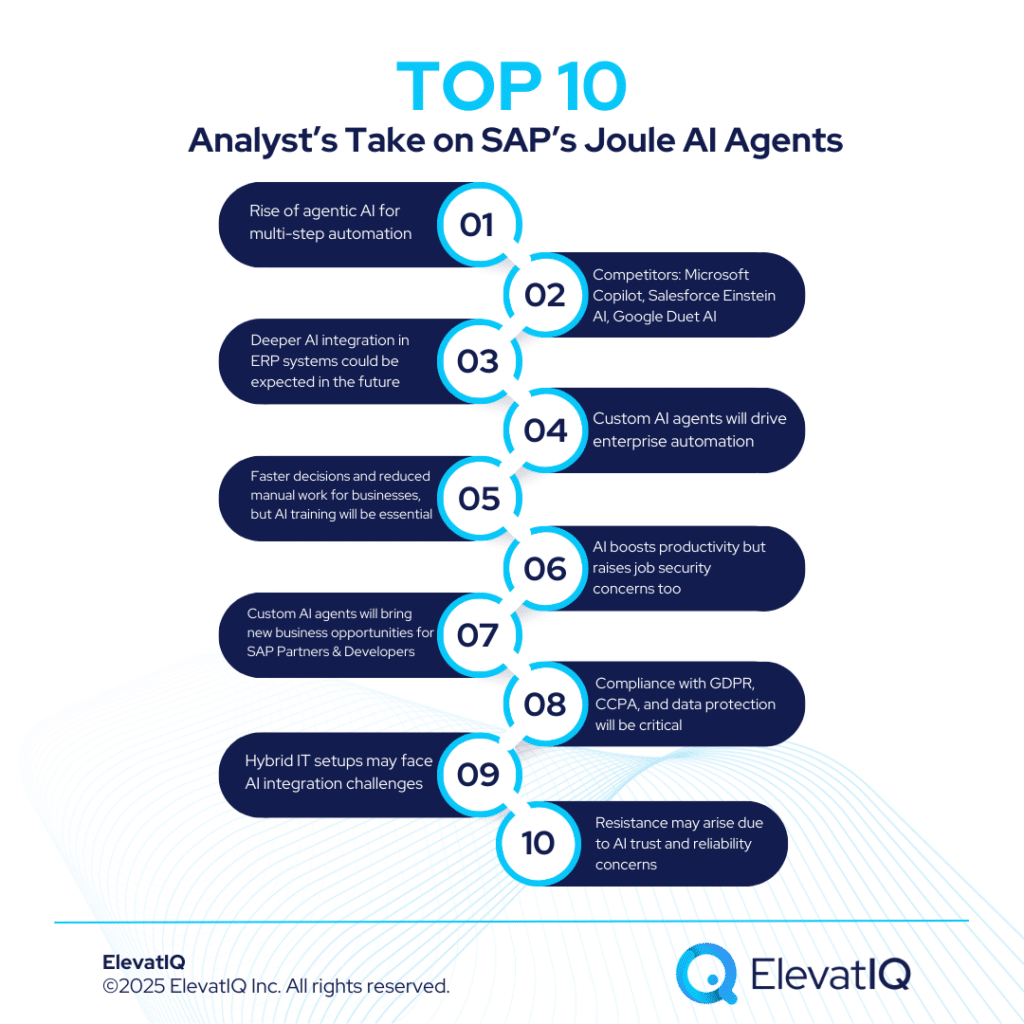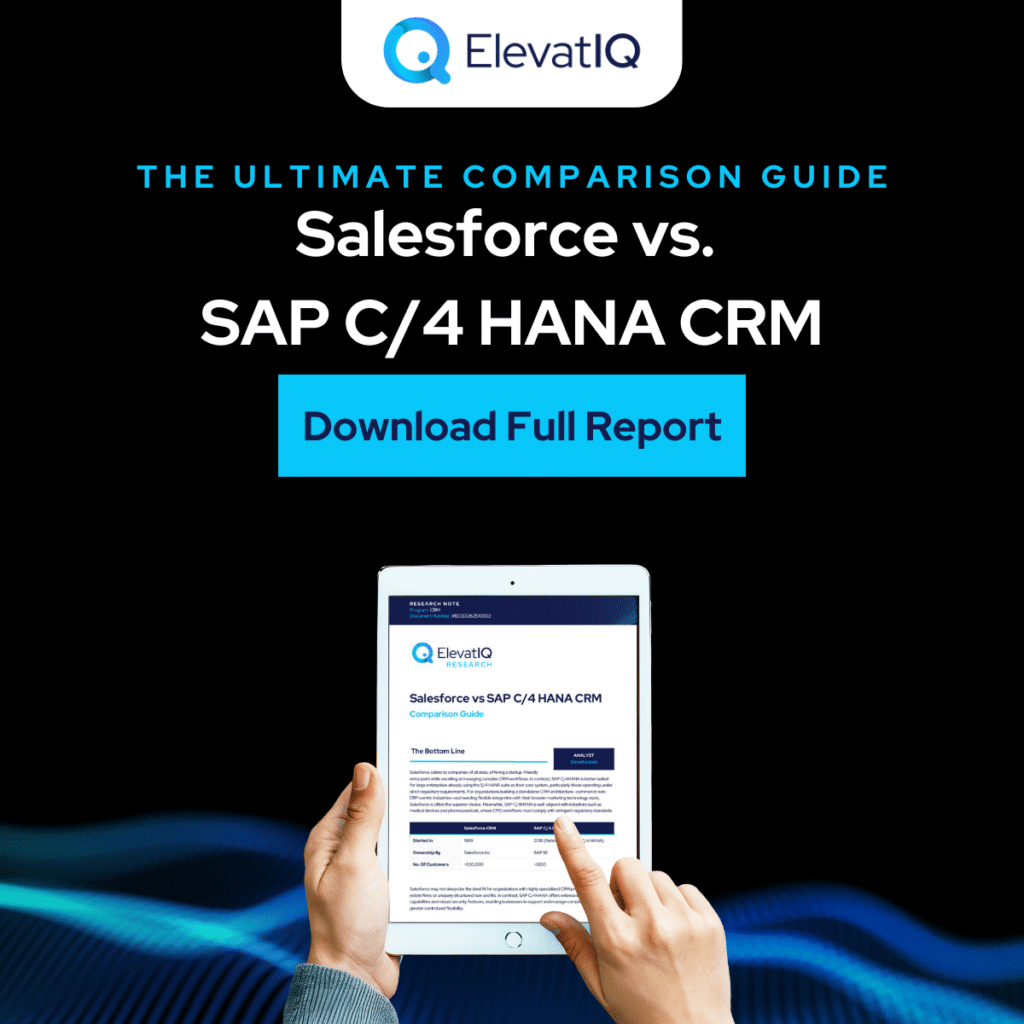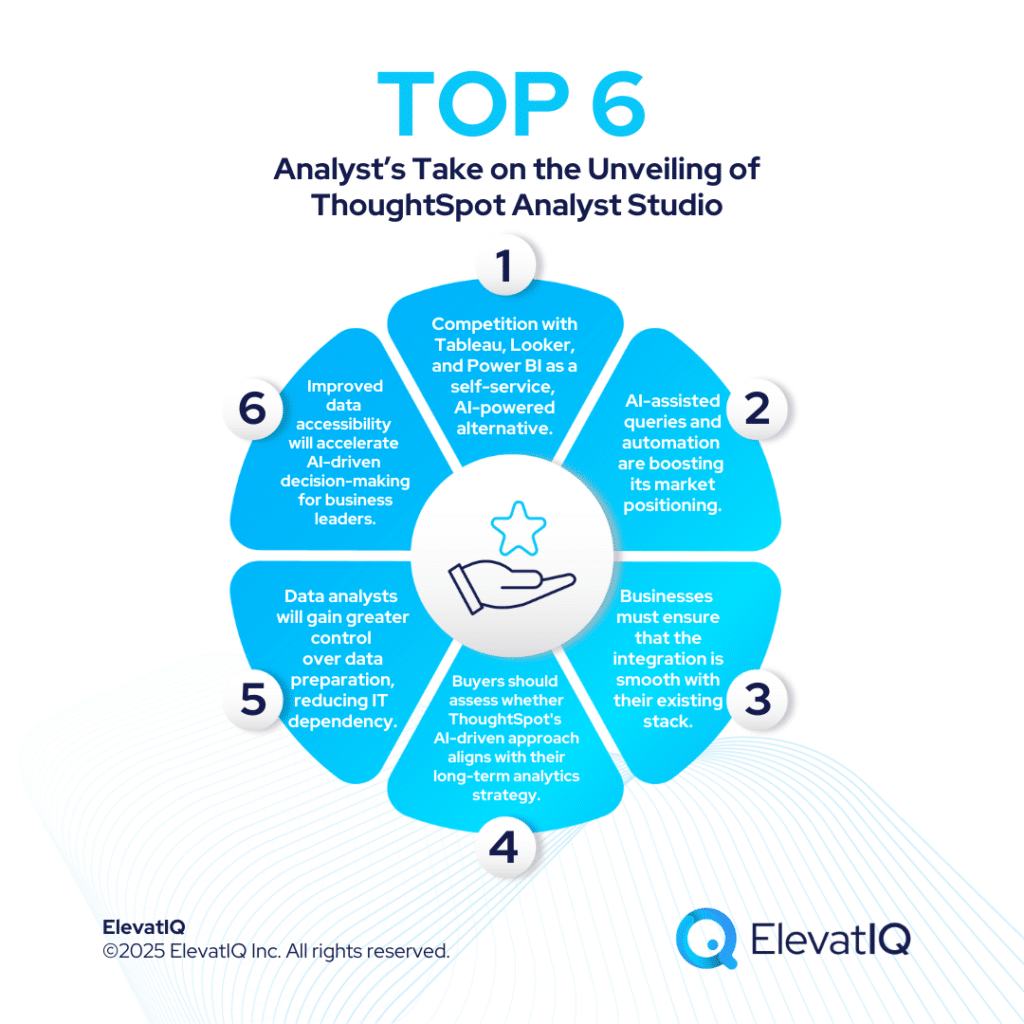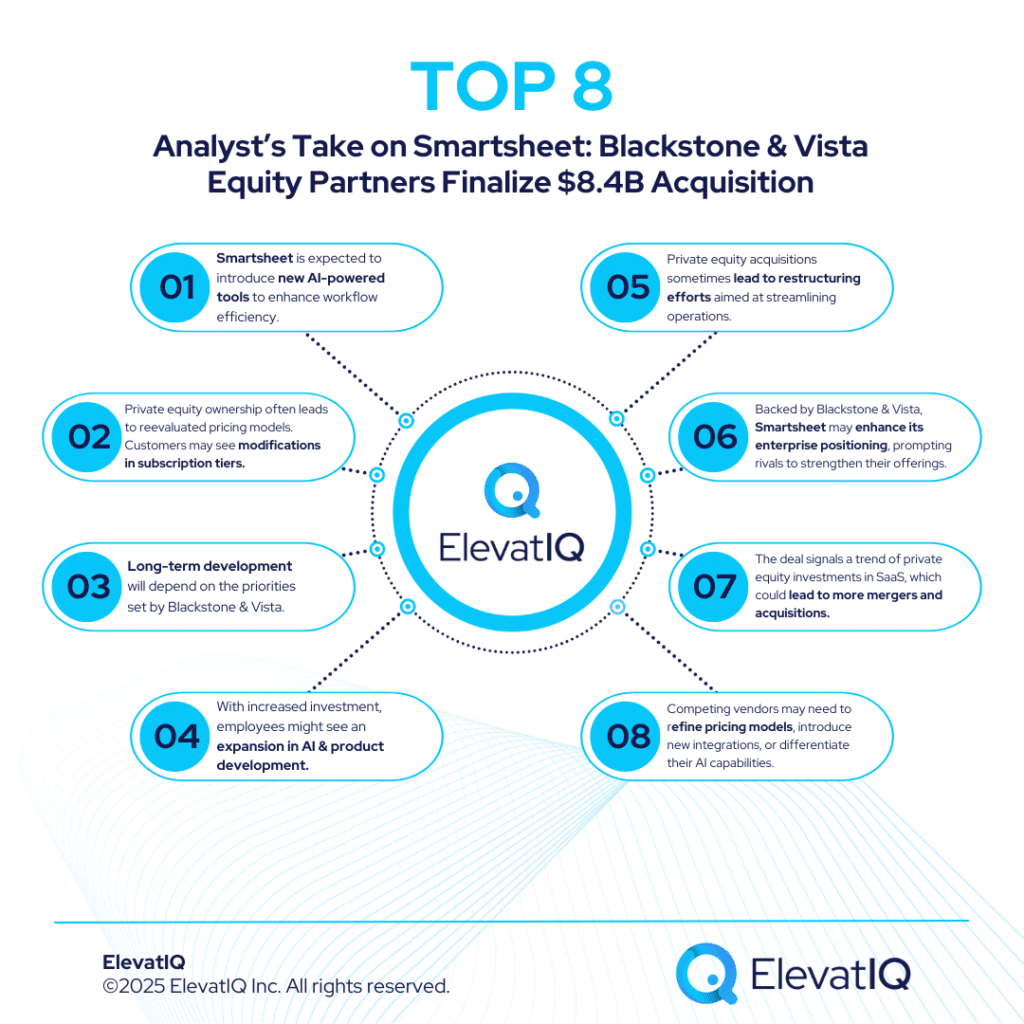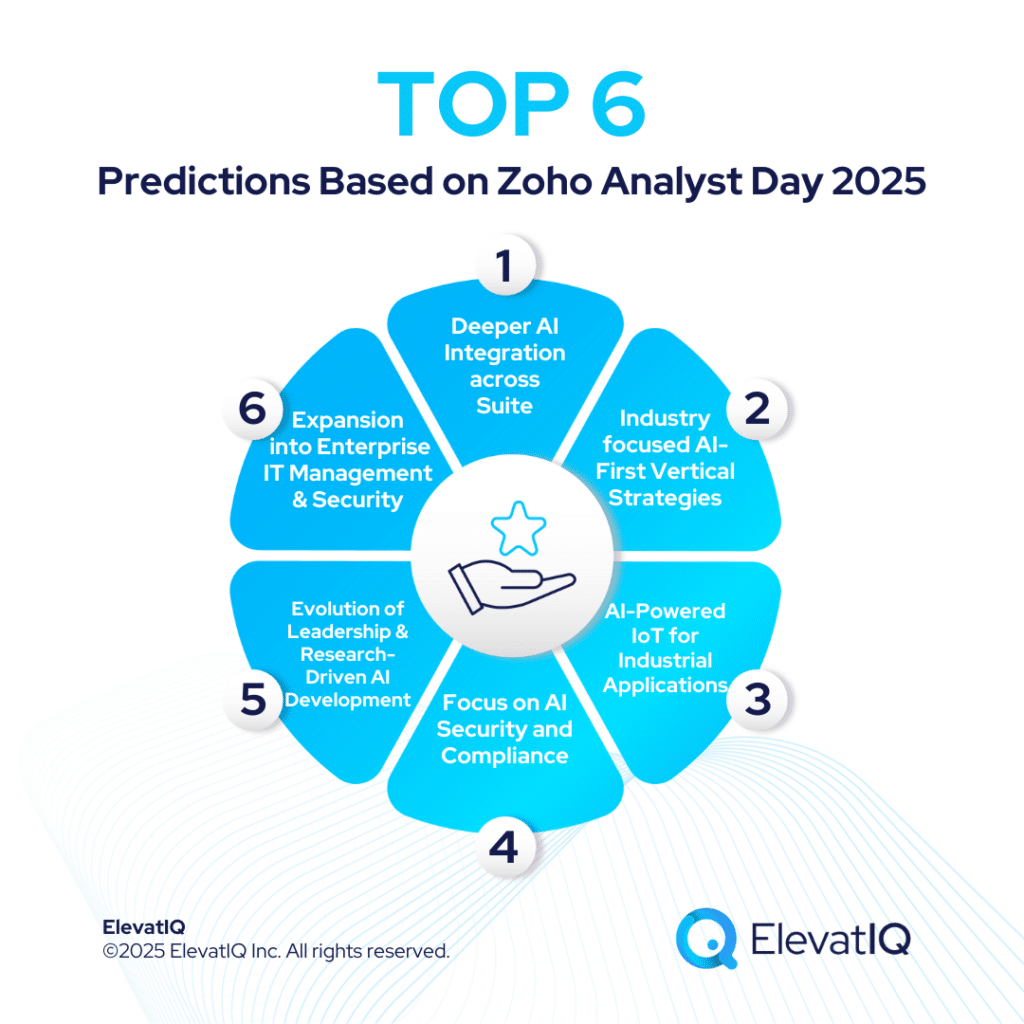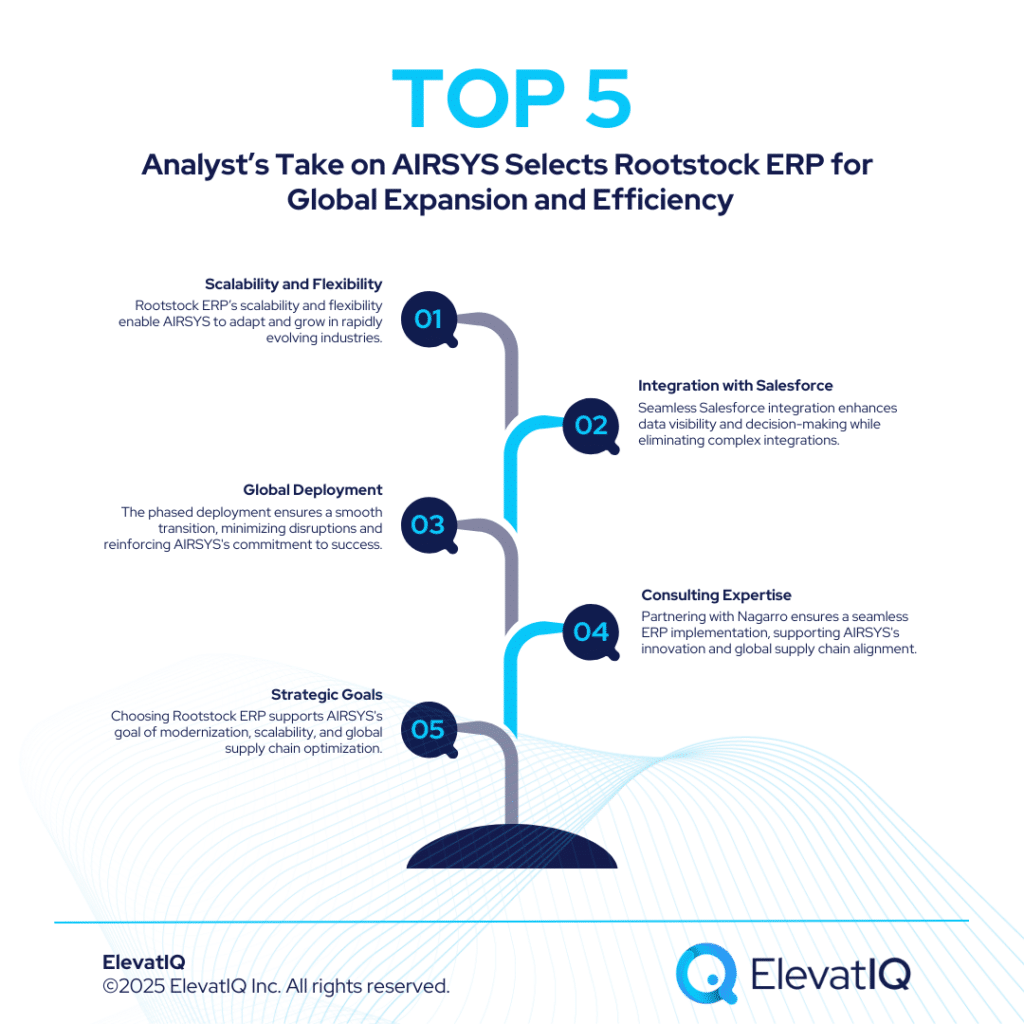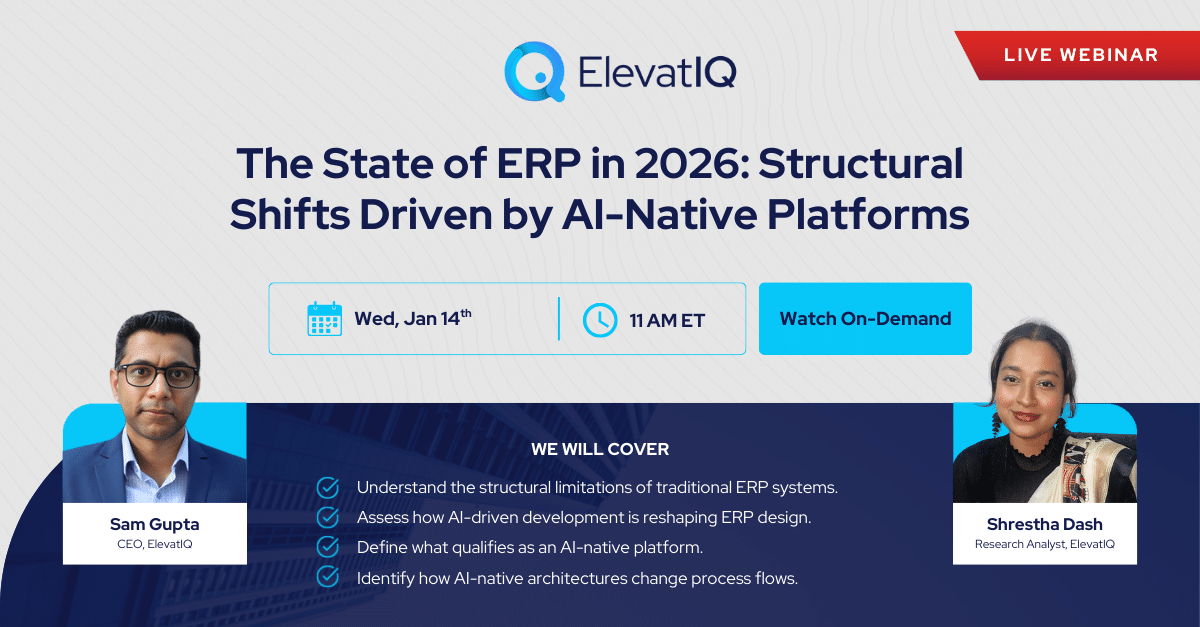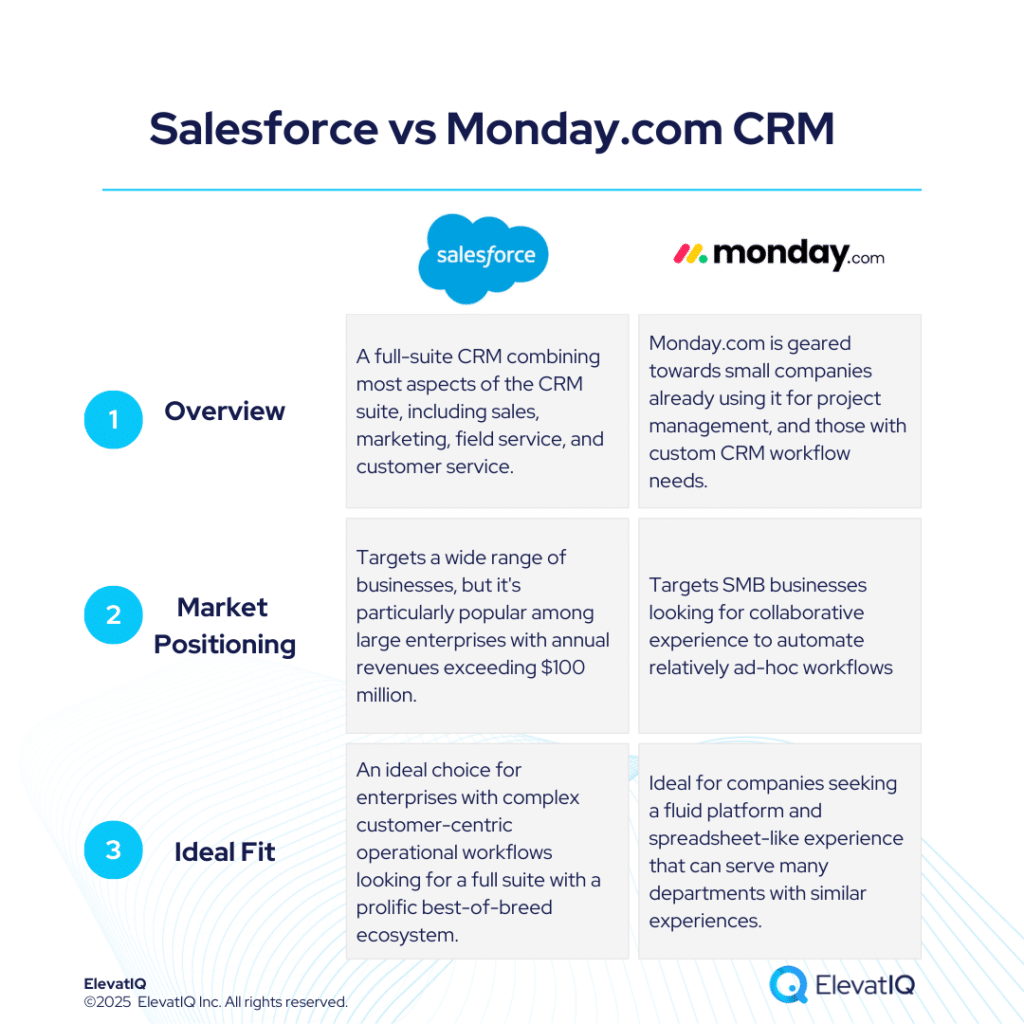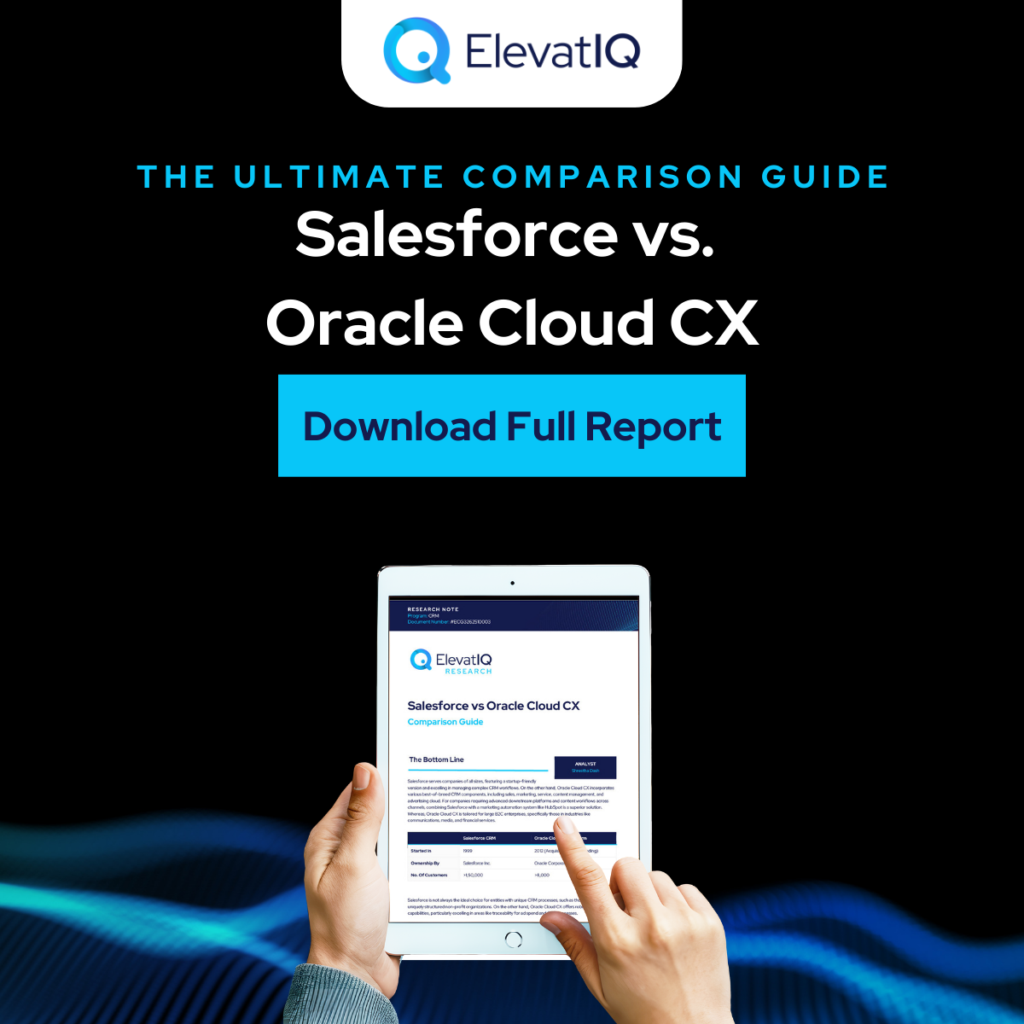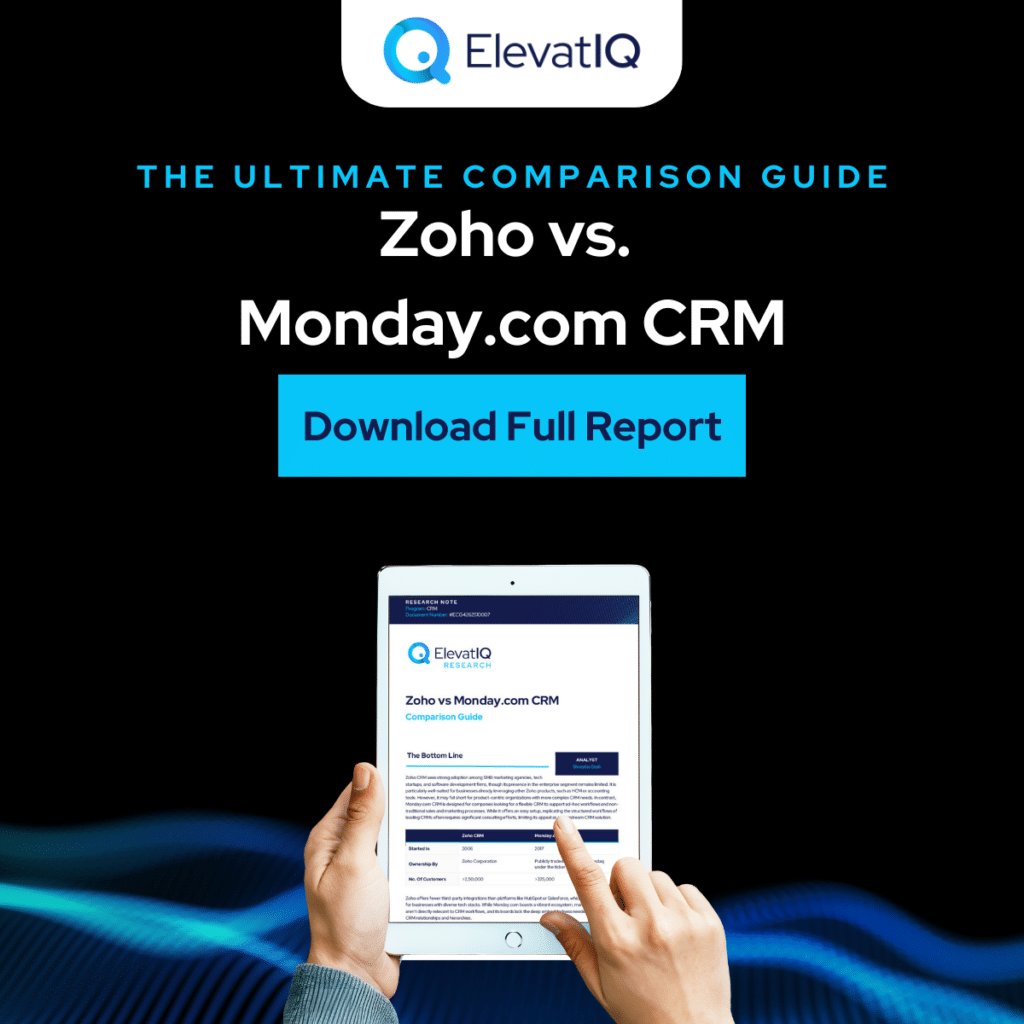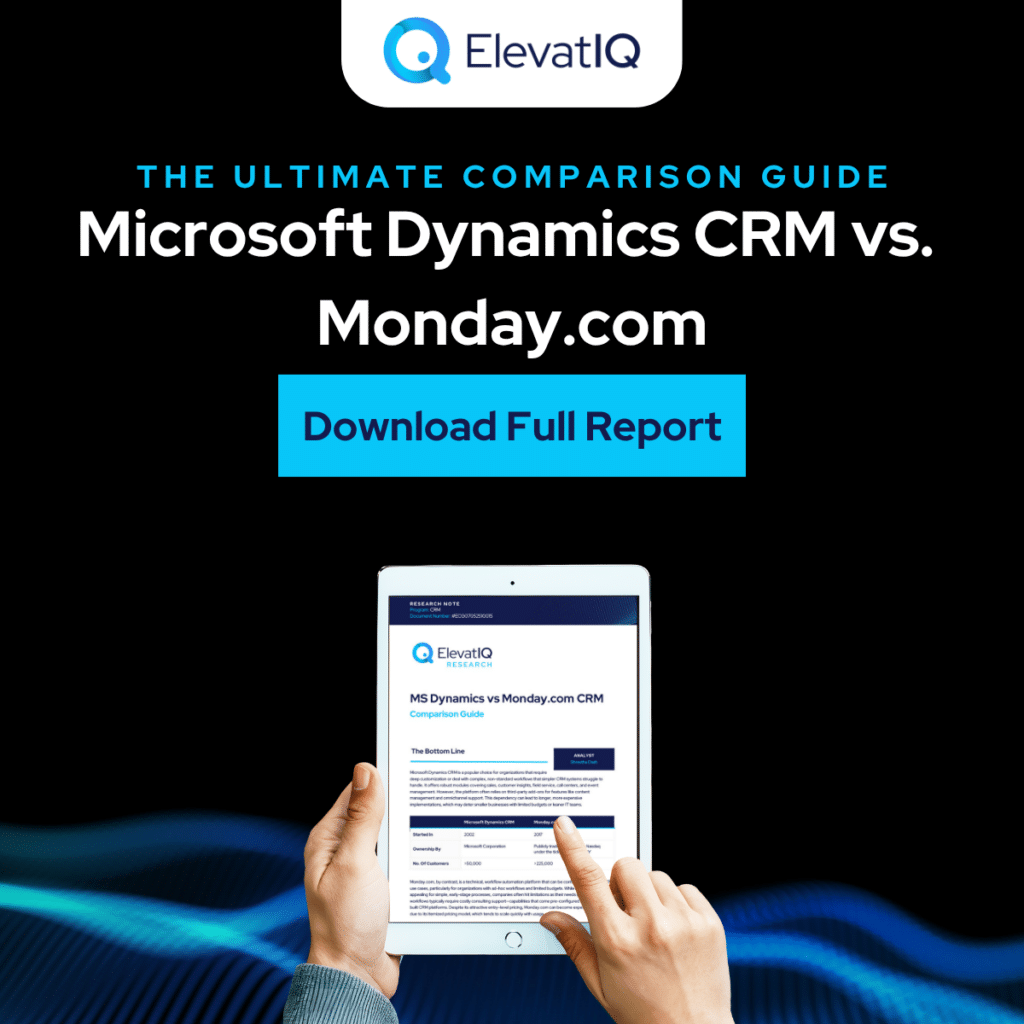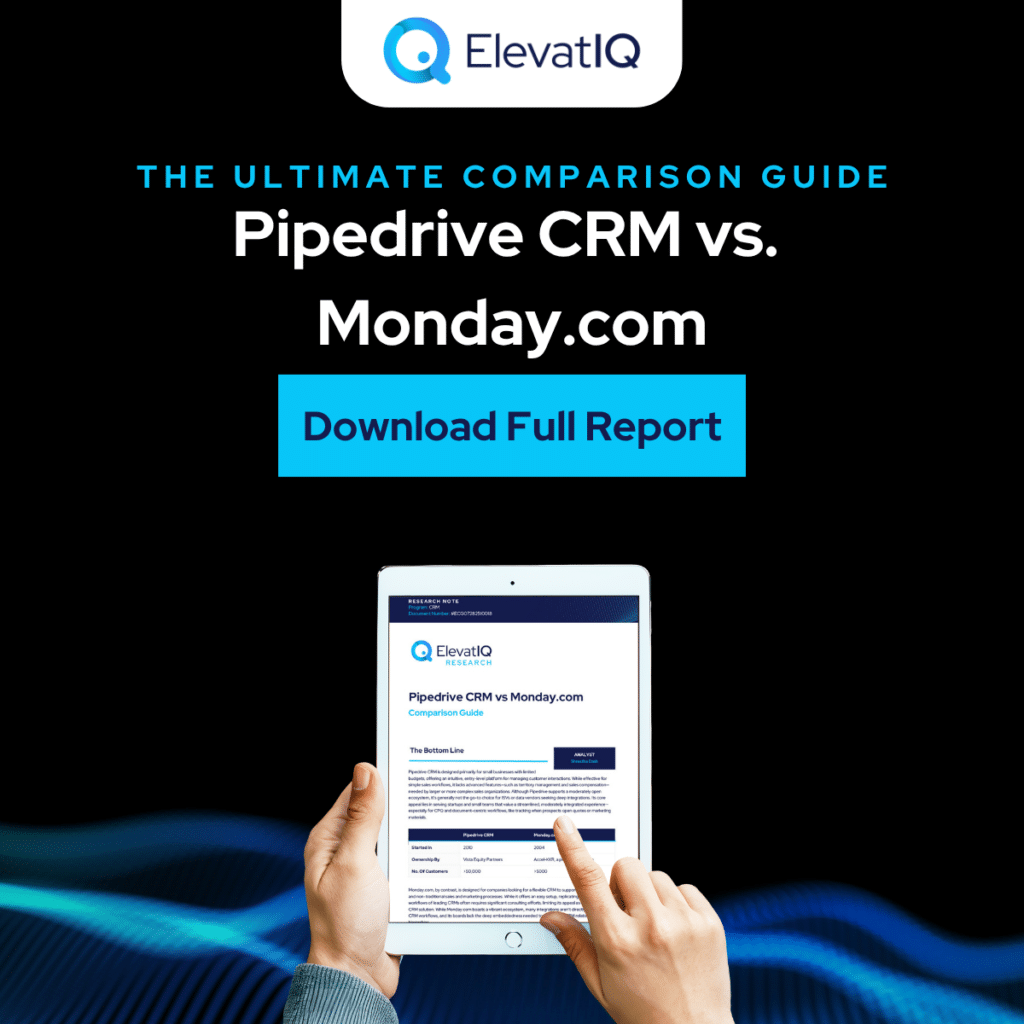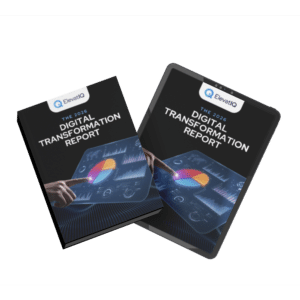Zoho: Project Plus, An AI-Powered Project Management Tool
Zoho Corporation has introduced Zoho Projects Plus, a new project management platform designed for mid-sized and enterprise organizations. This launch aims to provide businesses with a unified, AI-driven solution that combines multiple project management functionalities in one ecosystem. With the integration of Zoho Projects Plus, WorkDrive, Analytics, and Sprints, the platform supports both Agile and Waterfall methodologies, making it adaptable to diverse project management needs.
This launch comes at a time when companies are increasingly prioritizing AI-powered insights, data-driven decision-making, and cross-team collaboration to streamline operations. Let’s take a closer look at what Zoho Projects Plus offers, its potential impact on the industry, and key trends driving this innovation.
Breakdown of Zoho Projects Plus
In this section, we will explore the key components of Zoho Projects Plus and how they contribute to a more efficient and streamlined project management experience. With businesses increasingly relying on AI-driven insights, unified platforms, and flexible workflows, understanding the features of Zoho Projects Plus is essential for organizations looking to enhance collaboration, optimize resources, and improve decision-making.
Unified Project Management Ecosystem
One of the most significant aspects of Zoho Projects Plus is its integration of four Zoho applications:
- Zoho Sprints – An agile project management tool for iterative workflows.
- Zoho Projects – Task tracking, milestone planning, and collaboration tools.
- Zoho WorkDrive – A secure, cloud-based file storage and document-sharing solution.
- Zoho Analytics – Advanced data analytics and real-time reporting dashboards.
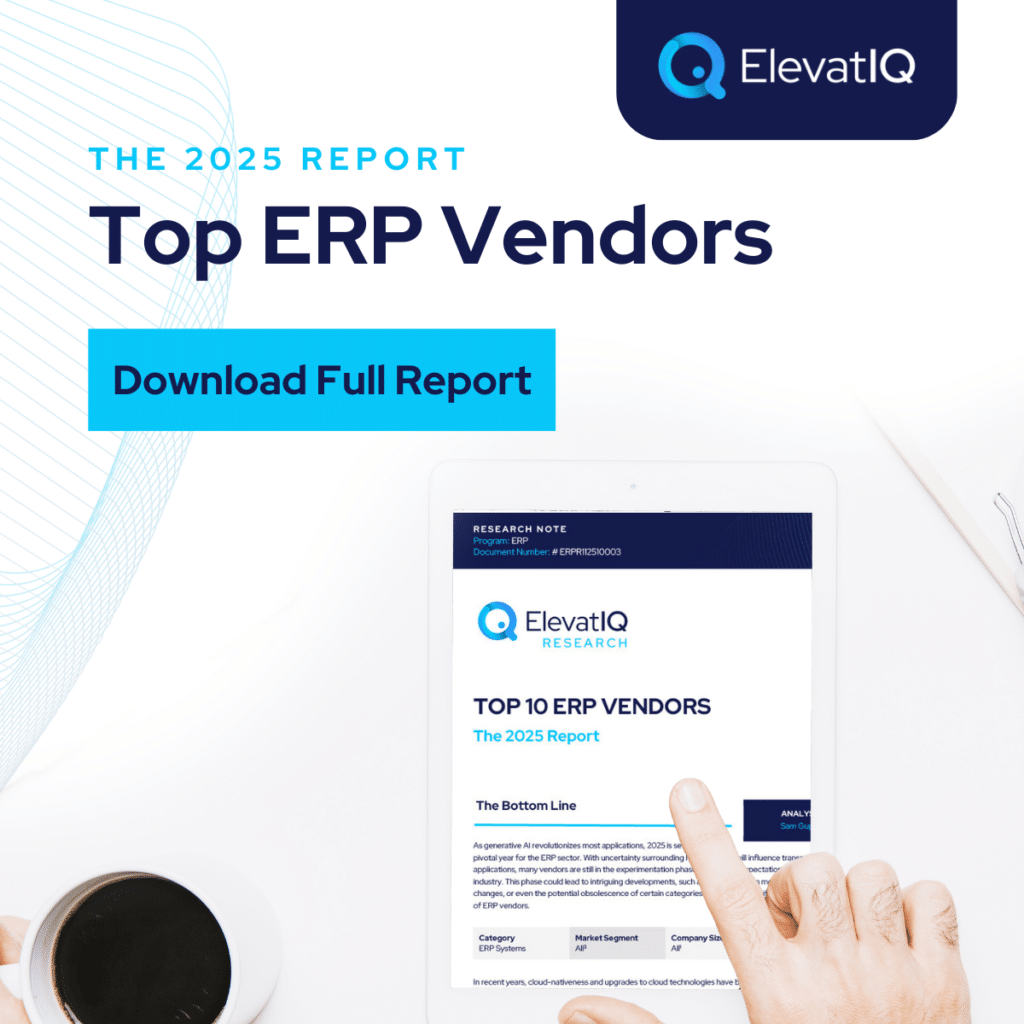
By bringing these applications under a single platform, Zoho Projects Plus aims to reduce fragmentation in project management and improve cross-functional collaboration for enterprises.
AI-Driven Insights for Smarter Decision-Making
As AI adoption grows in the enterprise sector, tools like Zoho Projects Plus are expected to help organizations proactively manage risks and optimize resources, leading to better project outcomes. Zoho Projects Plus incorporates Zoho’s AI engine, Zia, to enhance efficiency through:
- Predictive analytics – Forecasting project risks and delays.
- Resource optimization – Smart workload distribution to avoid bottlenecks.
- Automated reporting – AI-generated insights for tracking performance.
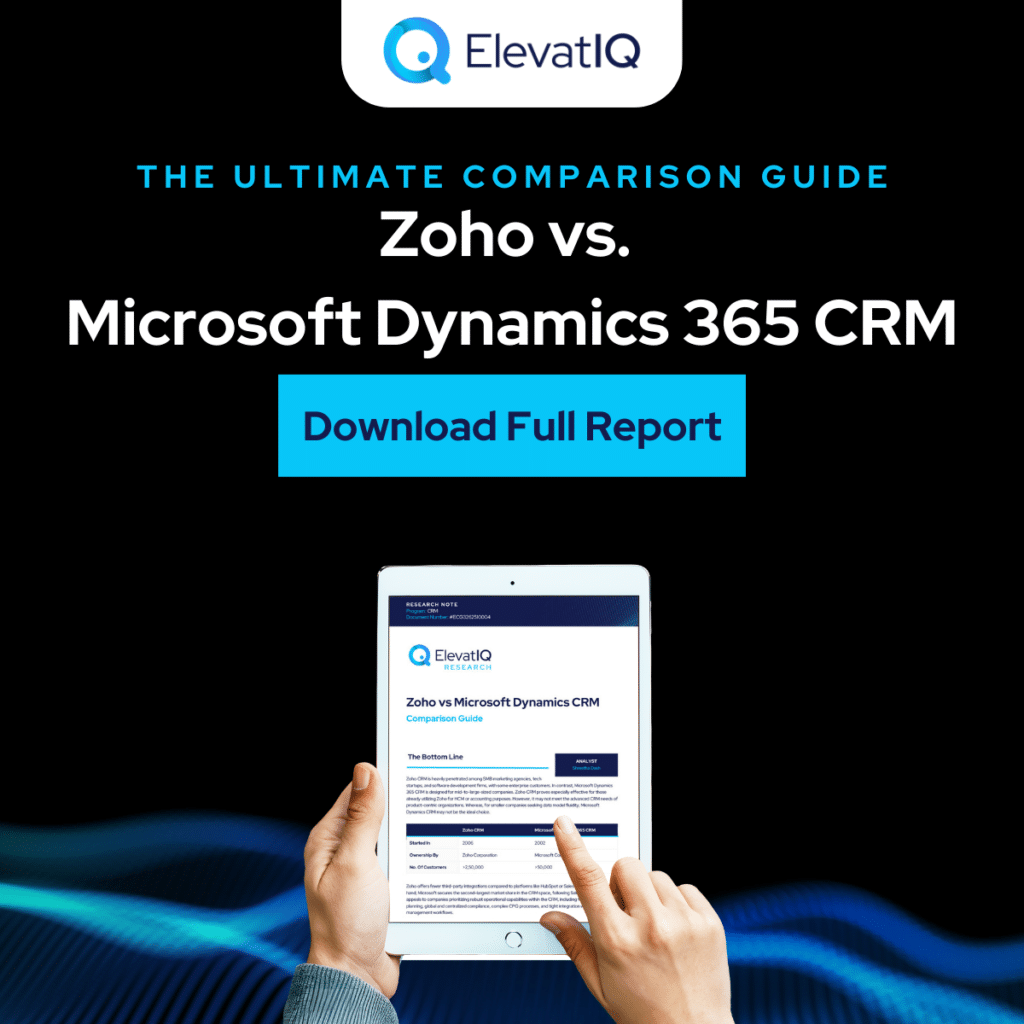
Hybrid Project Management: Agile + Waterfall
Unlike traditional project management platforms that focus on either Agile or Waterfall, Zoho Projects Plus supports both methodologies. This dual approach ensures businesses can choose the workflow that best fits their project needs, whether it’s structured milestone-based planning (Waterfall) or flexible iterative development (Agile). For companies that operate in fast-moving environments, such as software development, marketing, or product innovation, this flexibility can lead to improved adaptability and execution.
Data-Driven Decision Making
As data-driven decision-making becomes increasingly important for businesses, having an integrated analytics tool within Zoho Projects Plus provides a strategic advantage. With Zoho Analytics integrated into Zoho Projects Plus, businesses gain access to:
- Bottleneck identification – Highlighting areas that require immediate attention.
- Real-time dashboards – Tracking project progress and KPIs.
- Advanced reporting tools – Customizable reports for insights into productivity, financials, and resource allocation.

Market Performance and Competitive Positioning
With these factors, Zoho Projects Plus positions itself as a strong competitor in the project management software space, challenging established players like Asana, Monday.com, and Trello.
- Zoho Projects has seen a 20% year-over-year revenue growth in 2024.
- A significant number of businesses are migrating from Microsoft Projects and JIRA to Zoho Projects Plus.
- Zoho aims to offer cost-effective project management with a 27% lower pricing model than purchasing the included applications separately.
Analyst’s Take: Industry Trends, Predictions & Challenges
In this section, we will explore the key industry trends driving the adoption of AI-powered project management, future predictions for the evolving market, and the potential impact on stakeholders. Additionally, we will examine the challenges organizations may face when adopting new technologies.
Industry Trends Observed
- Rise of AI in Project Management – More businesses are integrating AI-driven insights to automate workflow management.
- Growing Demand for Hybrid Methodologies – Companies are moving away from rigid structures, opting for a mix of Agile and Waterfall approaches.
- Shift Toward Unified Platforms – Businesses prefer all-in-one solutions rather than fragmented tools requiring third-party integrations.
Future Predictions
- Increased AI-driven Project Automation – Expect more automated task prioritization and resource allocation capabilities in the future.
- Expansion into Industry-Specific Solutions – Zoho may introduce industry – tailored versions of Zoho Projects Plus for healthcare, manufacturing, and finance.
- More Competition from Enterprise Software Giants – Microsoft, Salesforce, and SAP may introduce AI-driven enhancements to their project management tools in response.
Impact on Stakeholders
- Enterprises & Mid-Sized Businesses – Access to a cost-effective, AI-powered project management solution.
- Project Managers & Teams – Improved collaboration, predictive insights, and streamlined workflows.
- Zoho Customers – Seamless transition for existing Zoho users, integrating their workflow into Zoho Projects Plus.
Challenges & Considerations
- Integration Complexity – Businesses migrating from non-Zoho platforms may face a learning curve and data migration challenges.
- Market Adoption Rate – While the pricing model is competitive, customer acquisition from established platforms like Microsoft Projects and JIRA may take time.
- Regulatory & Security Compliance – As businesses move toward AI-enhanced project management, ensuring data privacy and compliance will be crucial.
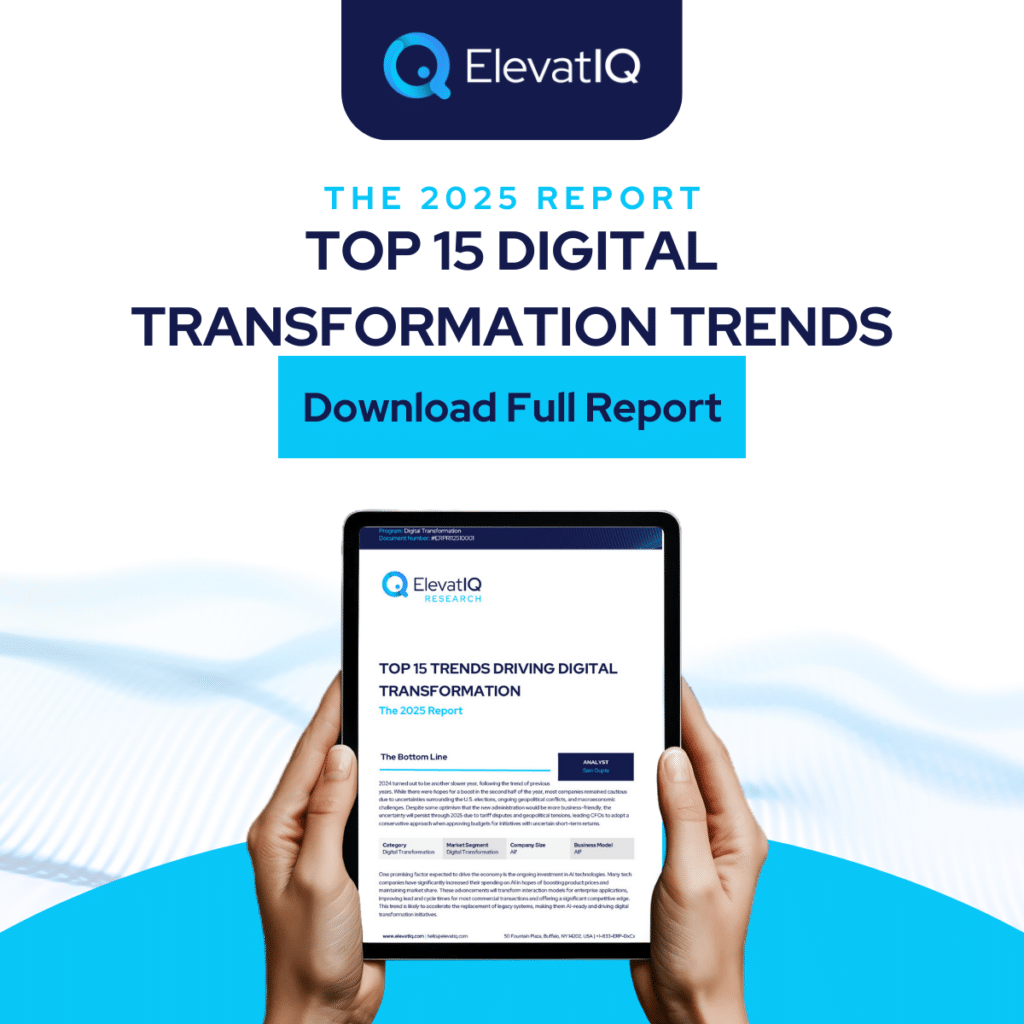
FAQs
Zoho: Project Plus, An AI-Powered Project Management Tool Read More »

